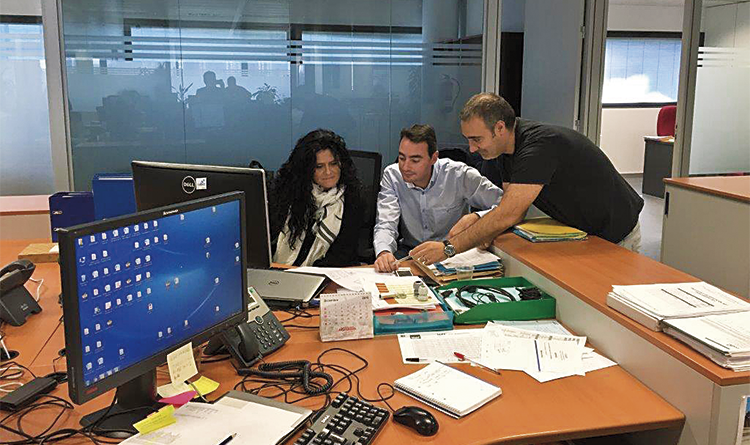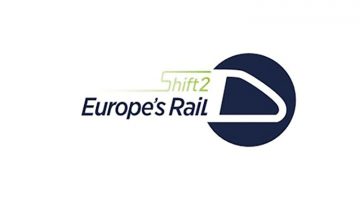What type of track detectors are indispensable for circulating at high speed?
Detectors that, directly and immediately, can affect the use of a high-speed line are vehicle fall detectors, hot axle box and hot wheel detectors, crosswind detectors and pantograph monitoring system.
Approximately, how many sensors are installed per 100 kilometres of track?
Different criteria are followed depending on the type of detector that we are talking about. For example, vehicle fall detectors are installed on overpasses and tunnel exits. Hot axle box and hot wheel detectors are installed on the track every 35 kilometres. With regard to crosswind detectors, it is necessary to firstly identify where they must be located; as such, prior wind studies are carried out in zones travelled through. Dragging equipment detectors are usually located at the exit of maintenance bases or ports for loading and unloading goods.
Whenever there is a risk factor, an auxiliary detection system that mitigates it must be developed
In how many countries have these systems been installed?
Thanks to the experience achieved in the national sphere, we have been able to implement these systems beyond our borders, for example in France and Saudi Arabia.
In which countries are these components manufactured?
Practically all detection systems –except hot axle box detectors, which are German in origin– have been developed in collaboration with Spanish technology SMEs. At the Grupo Cobra, we provide our financing and also the possibility of implementing the products in the most state-of-the-art rail environments.
We have a test bench that is unique worldwide, which puts us in a superb and enviable position with respect to the rest of the sector
How do you assess the technological capacity of Grupo Cobra compared to the international standard?
We have taken advantage of the extensive development of Spanish high-speed rail, which is the priority environment for the implementation of this type of system, and we have provided technological innovations that have been developed to the international projects in which the ACS Group participates. We also have a test bench that is unique worldwide, which puts us in a superb and enviable position with respect to the rest of the sector.
Is there much left to innovate in detection systems?
Of course, definitely. Whenever there is a risk factor, an auxiliary detection system that mitigates this risk can and must be developed.






